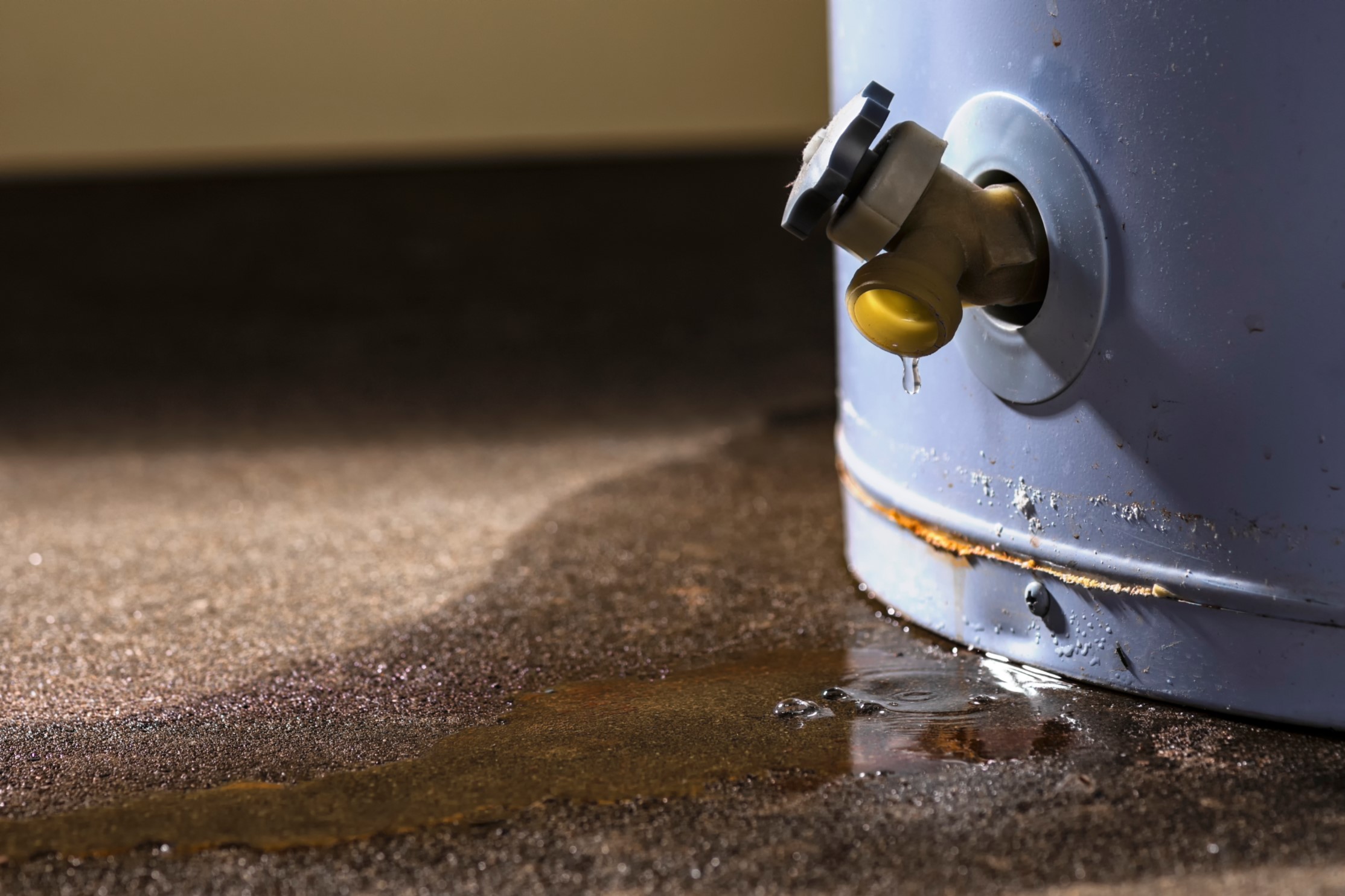The article author is making a few great observations on Tips on Maintaining a Water Heater as a whole in this post on the next paragraphs.

Hot water is necessary for daily comfort, whether it's for a revitalizing shower or cleaning dishes. To ensure your warm water system runs successfully and lasts longer, normal upkeep is vital. This short article supplies sensible suggestions and understandings on just how to maintain your home's hot water system to prevent disturbances and costly repair work.
Intro
Keeping your home's warm water system could appear overwhelming, but with a few basic actions, you can guarantee it operates smoothly for many years to find. This overview covers every little thing from recognizing your hot water system to DIY maintenance ideas and recognizing when to call professional help.
Significance of Maintaining Your Hot Water System
Regular maintenance not only prolongs the life expectancy of your warm water system yet additionally guarantees it operates efficiently. Overlooking maintenance can result in reduced effectiveness, greater power expenses, and also early failing of the system.
Indicators Your Hot Water System Needs Maintenance
Understanding when your hot water system needs interest can avoid major problems. Watch out for indications such as inconsistent water temperature, unusual noises from the heater, or rusty water.
Flushing the Water Heater
Purging your hot water heater gets rid of debris build-up, improving efficiency and prolonging its life.
Checking and Changing Anode Rods
Anode poles protect against deterioration inside the container. Checking and replacing them when worn out is essential.
Complicated Problems Needing Expert Assistance
Instances consist of significant leakages, electric issues, or if your hot water heater is constantly underperforming.
Regular Professional Maintenance Benefits
Professional maintenance can consist of complete inspections, tune-ups, and ensuring conformity with security requirements.
Inspecting and Adjusting Temperature Level Settings
Adjusting the temperature level setups guarantees optimal efficiency and security.
DIY Tips for Maintenance
You can execute a number of upkeep jobs on your own to keep your hot water system in leading condition.
Checking for Leakages
Frequently inspect pipelines and connections for leaks, as these can bring about water damage and higher expenses.
Comprehending Your Warm Water System
Prior to diving into upkeep tasks, it's helpful to recognize the fundamental components of your warm water system. Generally, this consists of the water heater itself, pipes, anode poles, and temperature level controls.
Monthly Maintenance Tasks
Normal regular monthly checks can help capture minor concerns before they rise.
Evaluating Stress Relief Valves
Checking the pressure safety valve guarantees it works appropriately and stops excessive stress build-up.
Protecting Pipelines
Protecting warm water pipes decreases warmth loss and can save energy.
When to Call a Specialist
While DIY upkeep is advantageous, some concerns require expert expertise.
Final thought
Normal maintenance of your home's warm water system is important for efficiency, long life, and expense financial savings. By complying with these tips and understanding when to seek expert help, you can make sure a reliable supply of hot water without unanticipated disruptions.
How to Maintain an Instant Hot Water Heater
Before tinkering with your hot water heater, make sure that it’s not powered on. You also have to turn off the main circuit breaker and shut off the main gas line to prevent accidents. Also turn off the water valves connected to your unit to prevent water from flowing into and out of the appliance. 2. When you’re done, you have to detach the purge valves’ caps. These look like the letter “T†and are situated on either side of the water valves. Doing so will release any pressure that has accumulated inside the valves while at the same time avoid hot water from shooting out and burning your skin. 3. When the purge valves’ caps are removed, you have to connect your hosing lines to the valves. Your unit should have come with three hoses but if it didn’t, you can purchase these things from any hardware or home repair shops. You can also get them from retail stores that sell water heating systems. Read the user’s manual and follow it to complete this task properly. When the hosing lines are connected, open the purge port’s valves. 4. You should never use harsh chemical cleaners or solutions when cleaning your unit. Make use of white vinegar instead. It should be undiluted and you’ll probably use about 2 gallons. 5. Now flush your water heater. This task should probably take about 40 minutes. We can’t give you specific directions for this because the procedure is carried out depending on the type, model and brand of your heater. With that being said, refer to the user’s manual. 6. When you’re done draining the unit, you have to turn off the purge port valves again. Remove the hosing lines that you earlier installed on each of the water valves. Put the valve caps (purge port) back in their respective places and be very careful so as not to damage the rubber discs that are found inside these caps. 7. Now that everything’s back in place, check your user’s manual again to find out how to reactivate your water heating system. 8. Once it is working, turn one of your hot water faucets on just to let air pass through the heater’s water supply pipes. Leave the tap on until water flows smoothly out of it. https://www.orrplumbing.com/blog/2014/september/how-to-maintain-an-instant-hot-water-heater/
:max_bytes(150000):strip_icc()/how-to-drain-a-water-heater-2719055-hero-35f0548b0f1f42f0b13ba96a33ab8da2.jpg)
We were shown that editorial on What Kind of Maintenance Do Water Heaters Need? from a pal on our other blog. Feel free to take the time to share this entry if you enjoyed reading it. Many thanks for your time. Revisit us soon.
View